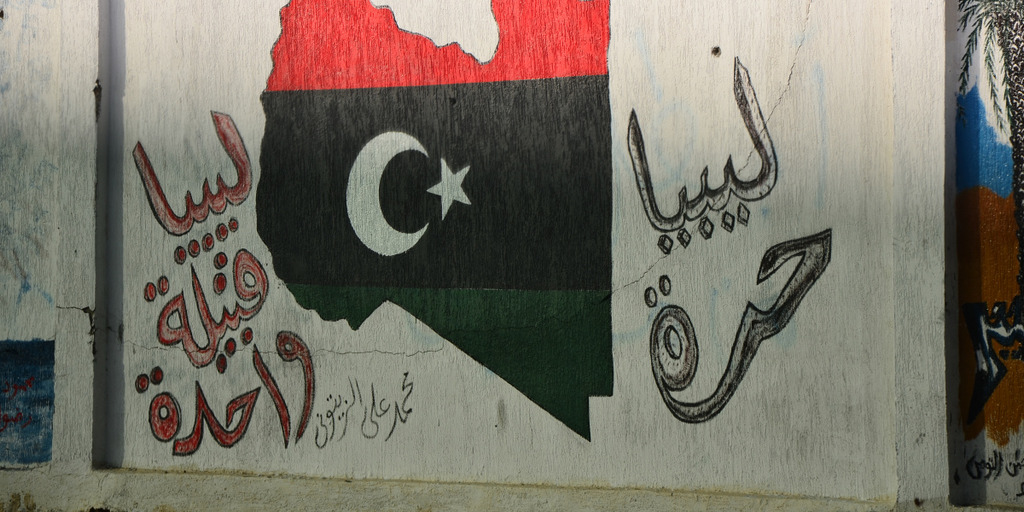In 2016, Libya finds itself struggling under a heavy burden, with smugglers, human traffickers and dozens of militias controlling the country. It is also divided by a political schism: the cities of Tripoli in the west and Tobruk in the east are each home to a parliament and a government. Its financial reserves are dwindling; the health-care system is collapsing. The Islamic State is using the vacuum to gain a foothold. All of these factors are contributing to the refugee crisis.

Ben Sutherland / Flickr - CC BY 2.0, https://creativecommons.org/licenses/by/2.0/
Libya in free fall
Libya is the second most important transit country for refugees making their way to Europe, after Turkey. Yet five years after popular protests deposed the country’s dictator, Muammar Qaddafi, this failing state faces new threats that are placing many at risk, not just refugees. Our latest factsheet examines the current situation in Libya.
Their goal is Lampedusa
Last year tens of thousands of refugees made their way through Libya, a country in which human rights are regularly abused through arbitrary detainment, ill-treatment and mass executions. A total of 154,000 were registered after entering the EU, and the actual number is undoubtedly much higher, since not all refugees are registered upon arrival. Most who make the journey are from West and East Africa. Their goal is the Italian island of Lampedusa – barely 300 kilometers from the Libyan coast. Many drown during the crossing. Despite that, Libya remains the second main transit country for refugees and migrants trying to reach Europe.
A country without asylum laws
Since there are no asylum laws in Libya, refugees are at the mercy of smugglers and traffickers. Human smuggling has become the sole remaining source of income for many militias, which is leading to increased activity on the country’s refugee transit routes.
The third report in our series Facts on the European Dimension of Displacement and Asylum takes a detailed look at the current situation in Libya. The authors also discuss how the country can stop its free fall and head once again toward creating a pro-democratic unity government capable of responding to the many challenges Libya faces.
About our new series
Released at regular intervals, each report in our new series Facts on the European Dimension of Displacement and Asylum examines a country affected by the current refugee situation. In addition to issues relating to displaced persons and human rights, each country’s degree of democratization is analyzed in detail and its relationship with the European Union discussed. The analysis also looks at possibilities for cooperating with Brussels. Past reports shed light on the situation in Turkey and Ukraine. The fourth installment, to be published in March, will focus on the Republic of Moldova.
The complete analysis for Libya is available in the sidebar on the right.



